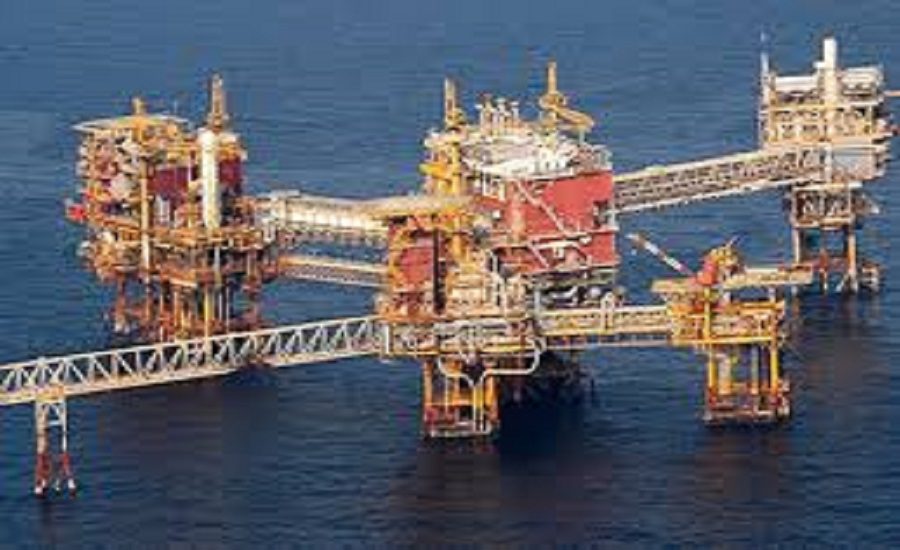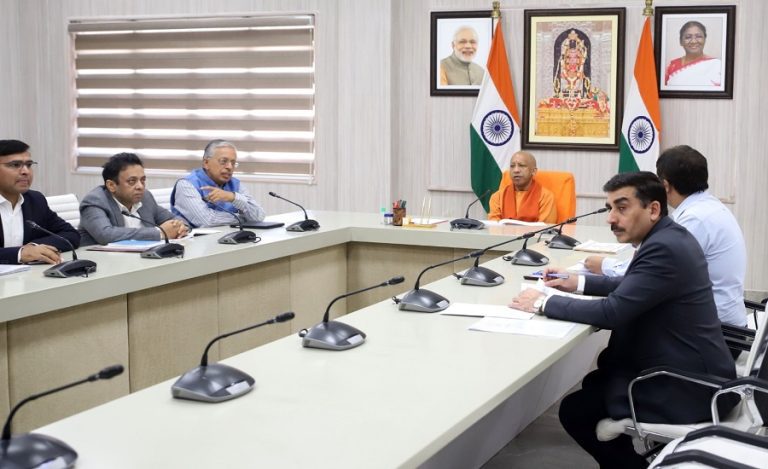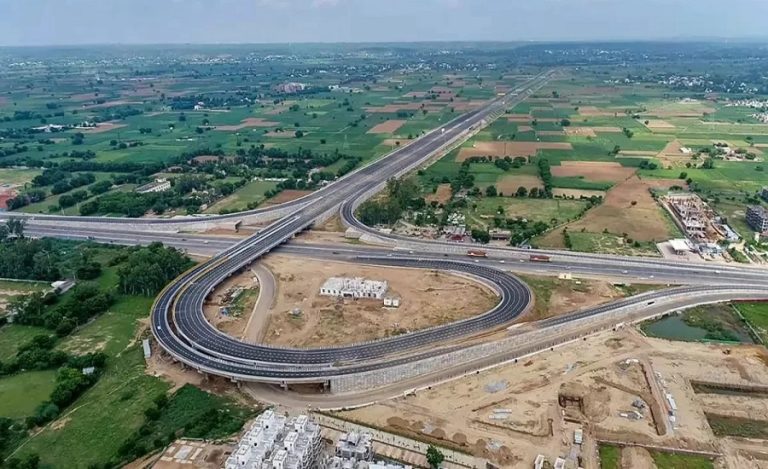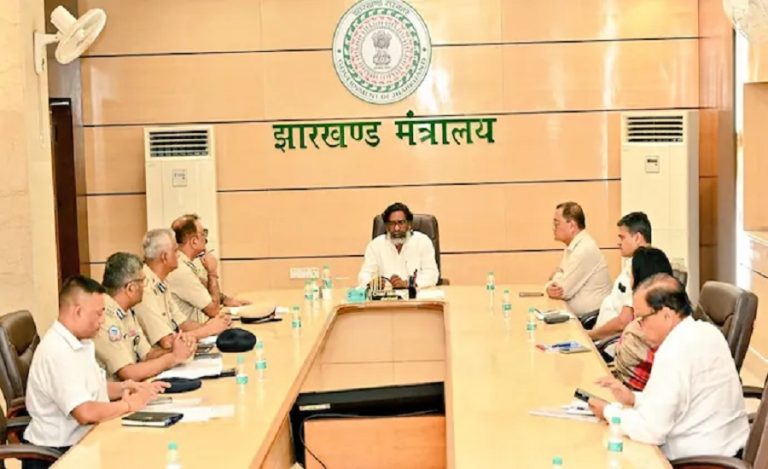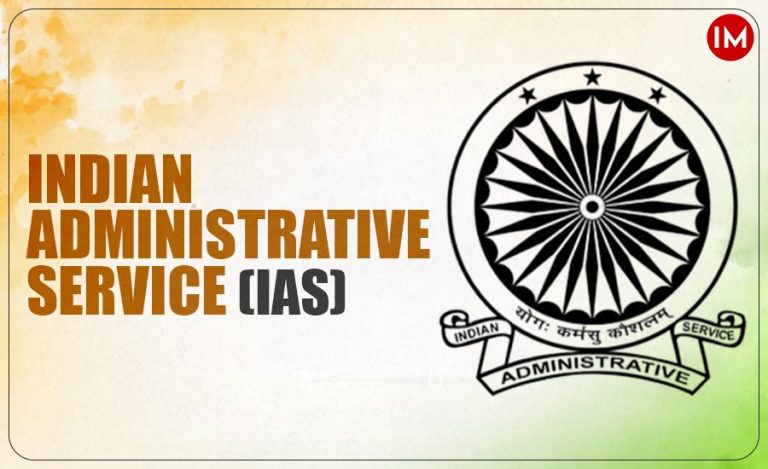New Delhi: India’s natural gas consumption is projected to rise by almost 60% by 2030, driven primarily by rapid expansion in the city gas distribution (CGD) sector and increasing demand across transport, residential cooking, and industrial use, according to a new study released by the Petroleum and Natural Gas Regulatory Board (PNGRB).
Under the study’s “Good-to-Go” scenario, which assumes moderate economic growth and steady policy advancement, India’s daily gas consumption is expected to grow from 188 million standard cubic metres per day (mmscmd) in 2023–24 to 297 mmscmd by 2030, and further to 496 mmscmd by 2040.
A more optimistic “Good-to-Best” scenario, incorporating accelerated development, policy support, and greater investments, projects consumption could reach 365 mmscmd by 2030 and 630 mmscmd by 2040.

CGD Sector to Drive Growth
The CGD sector – which supplies compressed natural gas (CNG) to vehicles and piped natural gas (PNG) to households and businesses—is expected to be the biggest driver of demand. Under the moderate scenario, the CGD sector will contribute 50 mmscmd of the incremental 110 mmscmd demand by 2030, and 129 mmscmd of the additional 198 mmscmd by 2040.
“The CGD sector is expected to be the primary growth driver, with consumption projected to grow 2.5 to 3.5 times by 2030 and 6 to 7 times by 2040,” the study noted.
India currently aims to increase the share of natural gas in its energy mix from 6–6.5% to 15% by 2030, as part of its commitment to cleaner energy and a net-zero emissions target by 2070. So far, the PNGRB has granted CGD licences across 307 geographical areas (GAs), extending the gas network to cover most of the country.
Rising Demand in Industrial Sectors
Beyond the CGD sector, refineries and petrochemicals are also set to increase gas usage, aided by greater emphasis on petrochemical integration. This sector is forecasted to add 21 mmscmd by 2030, and an additional 10 mmscmd by 2040.
While demand in power generation and fertilisers is expected to grow moderately, the transition toward low-emission energy solutions is likely to maintain gas as a vital component in these sectors.
Growing Reliance on LNG Imports
India currently imports nearly half of its natural gas, a dependence that is likely to increase as domestic supply lags demand. LNG imports are projected to more than double by 2030, with a particular emphasis on its role in long-haul transport.
“LNG as a long-haul transportation fuel could be a game changer,” the report said, highlighting the potential for LNG trucking to reduce diesel dependency – possibly mirroring China’s success in this domain.
As global LNG supplies expand, India may benefit from favorable long-term supply agreements at competitive prices, helping to stabilize import costs.
Challenges and Risks Remain
Despite the promising outlook, the PNGRB cautioned that realizing these projections hinges on sustained infrastructure development, conducive policy frameworks, and stable LNG pricing.
“Achieving India’s projected natural gas targets for 2030 and 2040 will require continued commitment… However, geopolitics, policy uncertainty, and gas price volatility cannot be ignored,” the report warned.
From 2015–16 to 2023–24, India’s natural gas consumption rose by 45%, from 131 to 188 mmscmd. While the power sector saw a marginal decline due to price sensitivity, CGD demand more than doubled with a compound annual growth rate (CAGR) of 12%. Fertilisers grew at 3.4% annually, and refineries by 1.8%.

